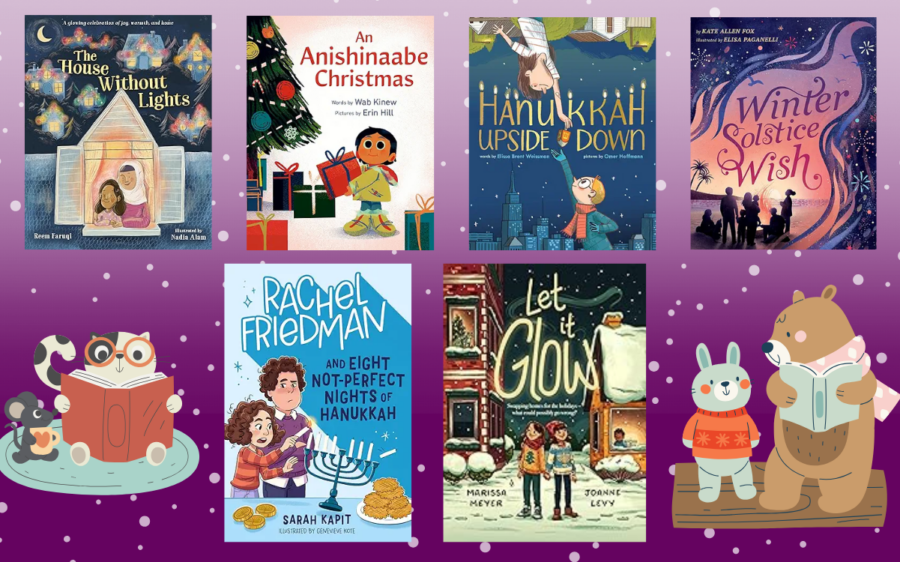Recent conversations about learning to read and write point to the importance of supporting young readers in the ability to hear and manipulate the sounds in our language. After reading several research articles to expand my understanding in this area, I am reminded how the use of interactive writing is such a powerful instructional context for supporting children’s abilities to hear and segment the individual sounds in our language. It’s also an opportunity to demonstrate and strengthen understandings of how the individual sounds (phonemes) of the English language link to letters (phonograms).
Decades of educational research has shown that children need to develop phoneme level awareness in kindergarten and first grade. Those who do not may experience reading difficulties that persist for many years. “Without adequate levels of phoneme-level awareness, children do not understand how print works and thus can fail to deploy phonics instruction that teachers provide” (ILA, 2020, p.4). Teachers can use some highly effective instructional moves during interactive writing to support children’s development of phonemic awareness and their abilities to link sounds to letters.
The Process of Developing Phonemic Awareness (sensitivity to individual sounds)
During interactive writing, first demonstrate how to say words slowly to hear the individual phonemes. Have children focus on your mouth and listen for the sounds as you say the words. The goal is for your students to understand the process as something they will do with their own mouths.
Next insist that the children say the words slowly themselves and pronounce them out loud. By feeling the movement of the mouth, lips, tongue and the airflow created, children develop a sensitivity to how the sounds are made as they articulate them. Researcher Linnea Ehri states “articulatory gestures rather than acoustic features represent phonemes in the brain…Whereas sounds are ephemeral and disappear as soon as they are heard, mouth positions are tangible and can be felt, viewed in a mirror, and analyzed by learners” (Ehri, 2014, p.10).
Connecting Sounds to Letters (Graphemes to Phonemes)
Ask children to listen for individual sounds they know in the words of the message you are writing together. Now the task is to say a word and connect the sounds to letters. You might help the child link the sounds to letters in other words they know. The use of a name chart can be a powerful tool to help children make letter to sound associations. For example, if kindergarteners are writing about a birthday party, the word birthday could be linked with the names of Bobby and Bettina who are children in the class. The teacher might say, “Birthday starts with the same sound as Bobby and Bettina. What letter will we see at the beginning of birthday?” This helps young children make important phonological connections (McCarrier, et al, 2000, p.116).
Hearing the sounds in words will proceed from simple to more complex tasks. Initially, support children in making any kind of connection they can to identify a sound at the beginning, middle, or end of a word to a letter that they know, always asking the children to articulate the word slowly. Later, as their letter to sound knowledge grows, ask them to link the phonemes in sequence to the letters that make the sounds, and even begin to listen for phonograms they know.
A key learning goal of interactive writing is to foster children’s abilities to hear sounds in words and then link them to letters that represent them. If you include 10 minutes a day of interactive writing in the kindergarten and first grade curriculum, you will most likely see dramatic gains in children’s phonemic awareness and their abilities to connect graphemes to phonemes (letter – sound relationships). Additionally, young children will gain deeper understandings of the purposes for writing and the writing process; learn about composing a text and the conventions of print; and they will begin to shape their positive identities as writers. In sum, its power cannot be overstated!
References
Ehri, L. C. (2014). Orthographic mapping in the acquisition of sight word reading, spelling memory, and vocabulary learning. Scientific Studies of Reading, 18(1), 5-21.
International Literacy Association. (2020). Phonological awareness in early childhood literacy development [Position statement and research brief]. Newark, DE: Author.
McCarrier, A., Pinnell, G. S., & Fountas, I. C. (2000). Interactive Writing: How Language & Literacy Come Together, K-2. Heinemann.
Roth, K., & Guinee, K. (2011). Ten minutes a day: The impact of Interactive Writing instruction on first graders’ independent writing. Journal of early childhood literacy, 11(3), 331-361.





